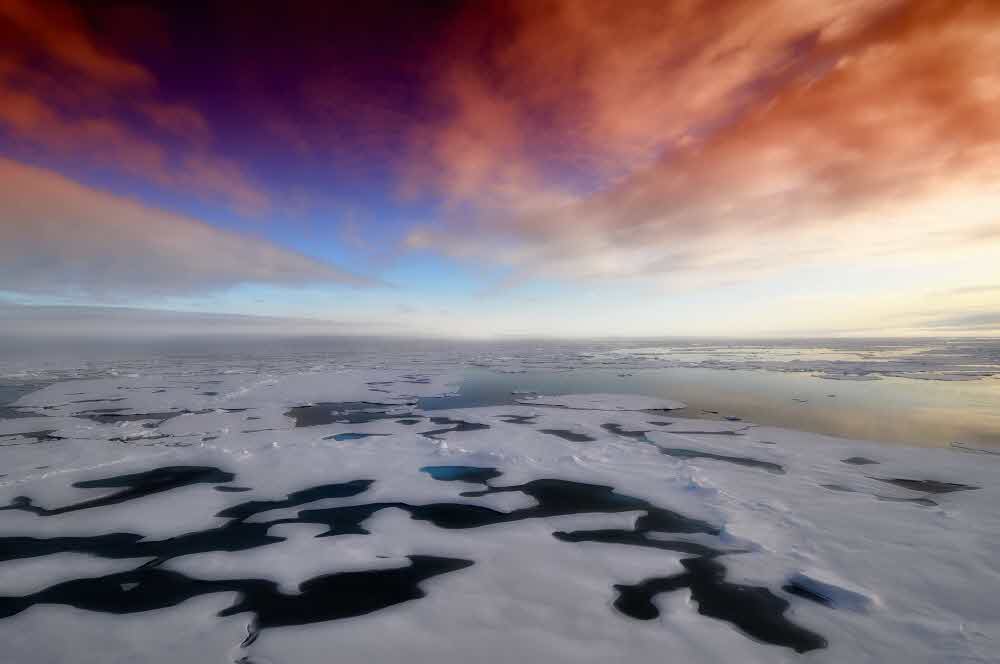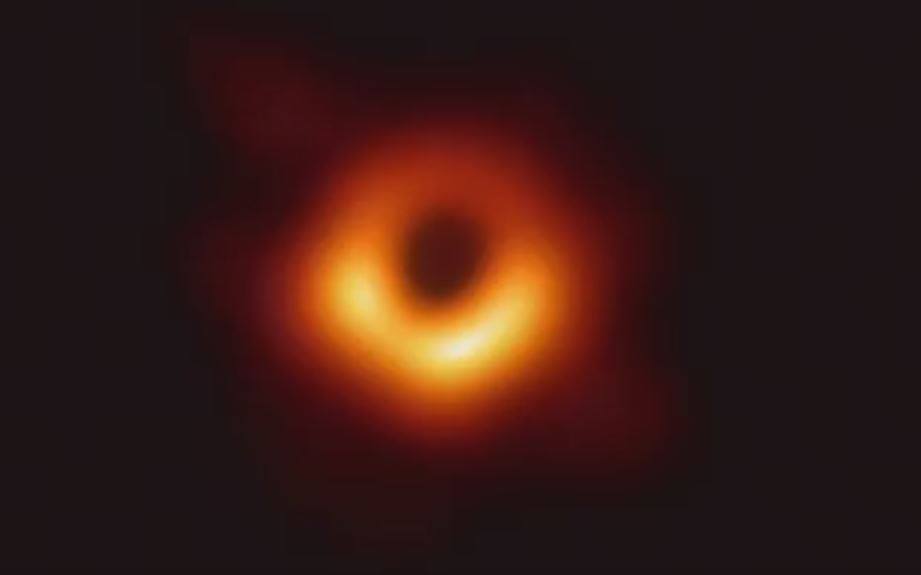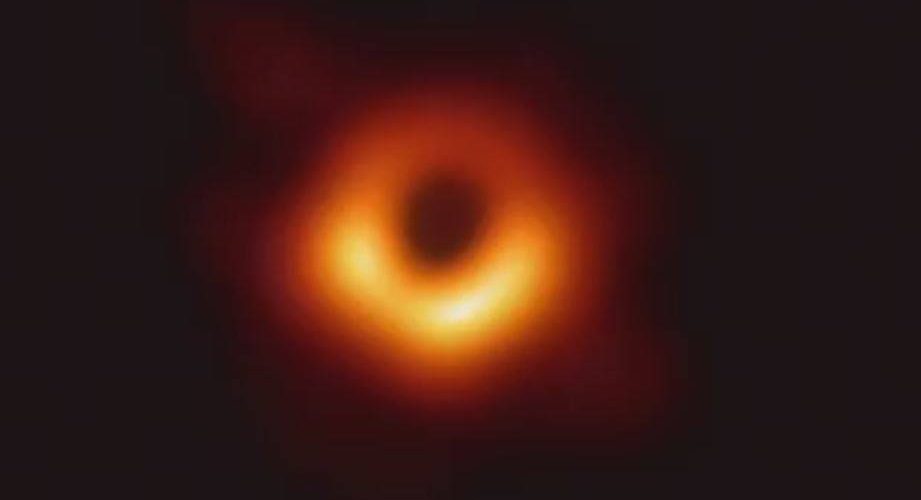The British Guardian has published 12 scientific studies representing 2019 out of a variety of scientific studies published in 2019.

According to this, the first is the study of global warming. In 2018, the Intergovernmental Panel IPCC released a 1.5-degree special report that shows that it is not impossible to curb global warming within 1.5 degrees. The goal is to reduce global carbon dioxide emissions by 45% by 2030 and to zero by 2050.
As a result of the increased interest in global warming due to the record heat in 2019, many studies on warming were published in 2019. Studies show that glaciers melt much faster than expected, and that global warming has a serious impact on agriculture and fisheries, and even studies suggest that global warming may lead to an increase in preterm births. Global warming research is being conducted from various perspectives.

The second is the Arctic Ocean ice survey. In September 2019, an investigation team made up of scientists from 19 countries with the aim of elucidating the impact of climate change headed for the North Pole aboard the icebreaker Polarston owned by the German Federal Ministry of Education and Research. This survey was named MOSAiC, an academic study of the study of Arctic climate across various fields. It is the largest in the history of Arctic exploration and is conducted over a year. It is expected that this survey will be a new light on the Arctic climate, which has not been explained so far.
The following is the world’s first black hole video release. On April 10th, an image of a huge black hole in the center of the Virgo Cluster Tower Eunhang M87 was acquired for the first time through the Horizon Telescope, an international cooperation project that combines eight radio telescopes on Earth.

This black hole is located 55 million light-years from Earth and has a mass of 6.5 billion times the Sun. The research team plans to shoot sharper images and videos by adding more radio telescopes in the future.
Next is the launch of two groundbreaking Ebola treatments. The Ebola outbreak in the Democratic Republic of the Congo, which began in 2018, has killed more than 1,600 people in a year. Then, in 2019, two new Ebola treatments with lower mortality rates than existing treatments appeared. The new treatment is expected to help people in the Democratic Republic of the Congo suffering from Ebola.
The following is the oldest Homo sapiens fossil find in Europe. The fossil found in a cave in Greece in July 2019 is the oldest Homo sapiens bone except Africa. Previously, it was thought that the African continent reached 50,000 years earlier than the European continent, but this discovery accelerated Homo sapiens’ arrival in Europe by 160,000 years.
The following is a discussion of human genome editing. In November 2018, a Chinese scientist announced that genome editing gave birth to HIV-resistant twins. Accordingly, in 2019, discussions on altering the structure of human genes became active. The World Health Organization WHO has formed a new committee and is reviewing the framework for genome editing aimed at disease treatment and avoidance. In addition, there were reports that the Chinese scientist in question revealed that the children were missing, and the experiment itself was also criticized, indicating that an unintended mutation occurred.
The following is a lithium-ion battery that won the Nobel Prize in Chemistry. Professor John Bannister Goodenough at Austin University in Texas, Michael Stanley Whittingham at Binghamton University, and Professor Akira Yoshino at Meijo University received the 2019 Nobel Prize in Chemistry.
Related research is on lithium batteries. Professor Yoshino realized the ideas of Prof. Gudinough and Prof. Whittingham, and the winners are all three. Lithium-ion batteries are used as portable batteries in smartphones used around the world.
The following is the effect of the Madagascar phenomenon on humans. In Madagascar, where 5% of the world’s biodiversity inhabited by the world’s smallest primate, the Microcebus berthae, exists, various problems such as climate change, invasive alien species, and overfishing of animals by humans are occurring.
Although protected areas exist in Madagascar, a study published in November 2019 found that a survey of more than 12,000 protected and unprotected areas showed a significant increase in human influence in protected areas than in unprotected areas. It is pointed out that the focus should be placed on the management of the protected area.
Next is a mouse that likes to play hide and seek. Researchers from Humboldt University in Germany have published a study showing that mice can remember the rules of hide and seek and enjoy hide and seek itself. In this study, hide-and-seek is very complicated in animal play, but it is pointed out that mice are willing to play hide-and-seek even if they are not given food or other rewards, revealing that it is close to how humans play.
The following is a Nobel Prize in Physiology and Medicine to clarify the mechanism of hypoxia. The 2019 Nobel Prize in Physiology or Medicine was awarded by Professor Gregg Leonard Semenza and William “Bill” G. Kaelin Jr of the University of Johns Hopkins, and Peter J. Ratcliffe) returned to Oxford University professor. The hypoxic response is a mechanism by which cells detect whether or not there is enough oxygen, and Professor Semenza found that the molecules that control this reaction are two complex proteins: HIF-1α and ARNT.
Next is the Israeli lunar probe Beresheet lander. Beresit is a lunar probe developed by SpaceIL, an Israeli private space organization. The beret sheet was completed with a large number of subsidies by gathering wide interest among young people. The first attempted lunar landing was attempted by a non-state private organization, but the launch was successful on February 22, 2019, but unfortunately failed to land on April 10.
This failure can be called a heroic failure. Benesit also became a hot topic for spraying thousands of bear bugs, famous for their tremendous vitality, on the moon during the fall.
Lastly, kilograms are established. In the international system of units last May, kilograms, amperes, and kelvins out of 7 basic units: meters (m), kilograms (kg), seconds (s), amperes (A), kelvin (K), moles (mol), and candelas (cd). , Mall was redefined for four different units. The previous definition of kilogram was the mass of the international kilogram original, but the new definition was set by setting the Planck constant value as 6.62607015 × 10^34 in terms of units s-1 · m2 · kg (equal to J · s), and the Planck constant It is assumed that it is related to the amount of energy a photon has. Related information can be found here .


















Add comment